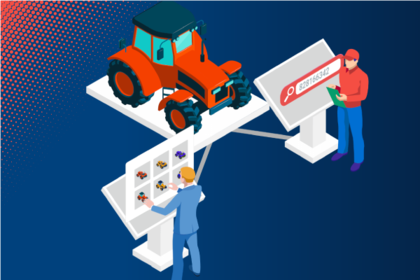Creating Spare Parts Catalogs out of one Datapool for any Media Type
Do you want a system that produces different catalogs per media and language out of one main source (Single Source Publishing)? What are the benefits of this and what is single source publishing used for? This and much more can be found in our blog post.
What exactly is Single Source Publishing?
Single Source Publishing is a method that enables the use of content of one data source in multiple media. The sources content was generated once but can be reused as often as wanted and be published in different media
Your solution:
Consolidate your data from all possible systems into a single data pool. From this pool you can generate the required information and create catalogs for the Internet, Intranet, CD, USB and paper at the push of a button. You can do this with the interactive service information system from Quanos Service Solutions.
It is the data pool for your catalogs where you collect all the information about your machines. No matter whether operating instructions, circuit diagrams, prices, parts lists or 2D and 3D graphics. This means that you only need this one data pool to create catalogs for all media.
Now you can decide whether the publication of your data takes place online, offline, as a print file or on mobile devices.
Your advantages
1. Everything you need for
- Catalogs for print, CD, internet, tablet PCs, smart phones
- Media independent data retention
- 24/7 available
- Multi-language catalogs optional
2. Always up to date Data
- Single Source Publishing: no multiple data processing (all date from one single source)
- Create and maintain catalog structure
- All data changes incorporate in all catalog media automatically
- Continuous updates - minimal effort
3. Timesaving documentation
- Consistency and improved quality of technical documentation
- Reduced costs and creation time for documentation
- Minimized effort on administration, review and translation
- No redundant, inaccurate or unnecessary information


